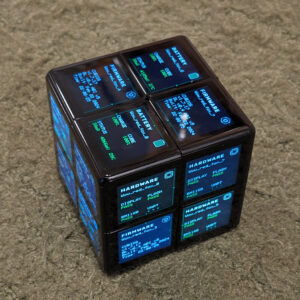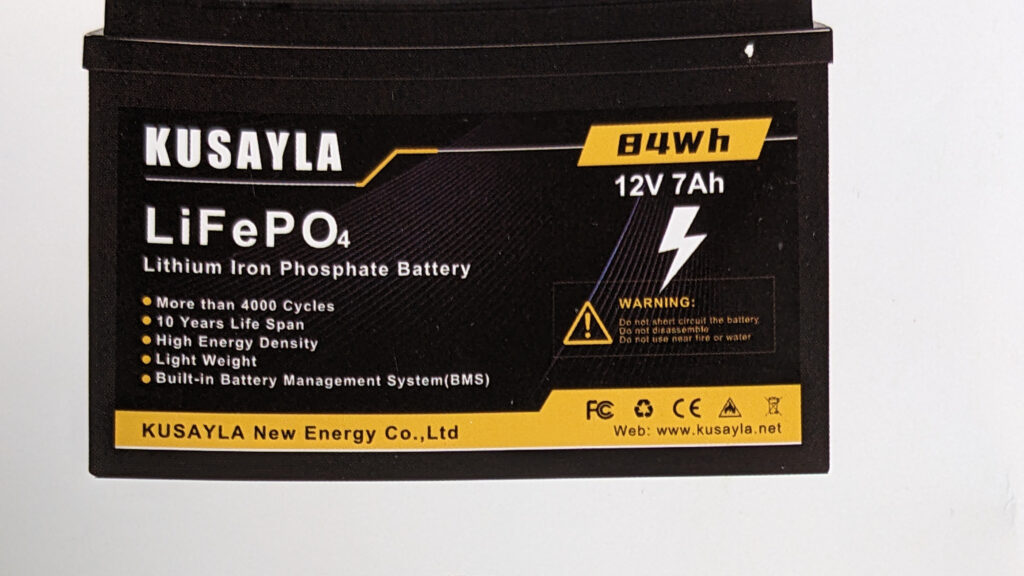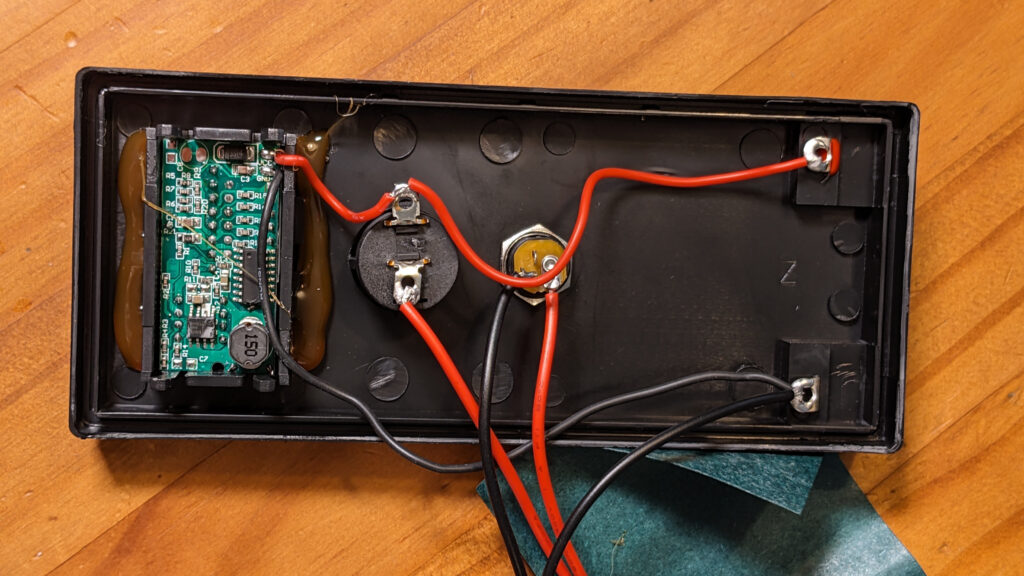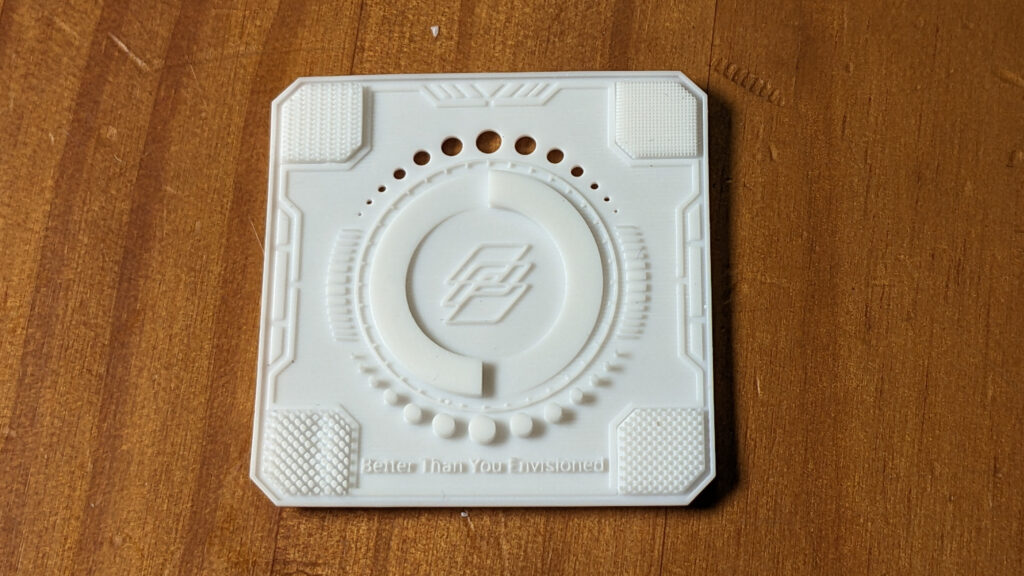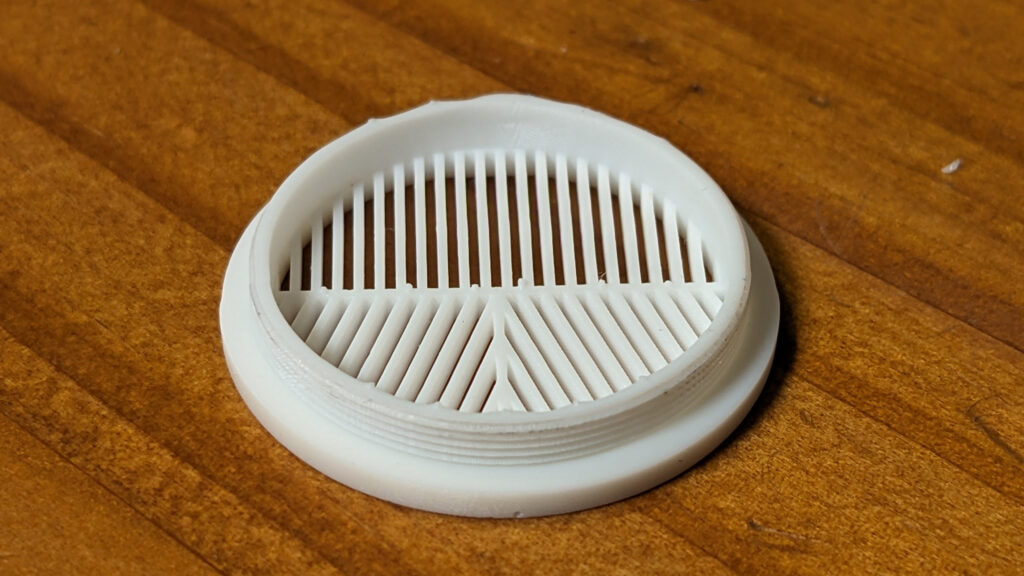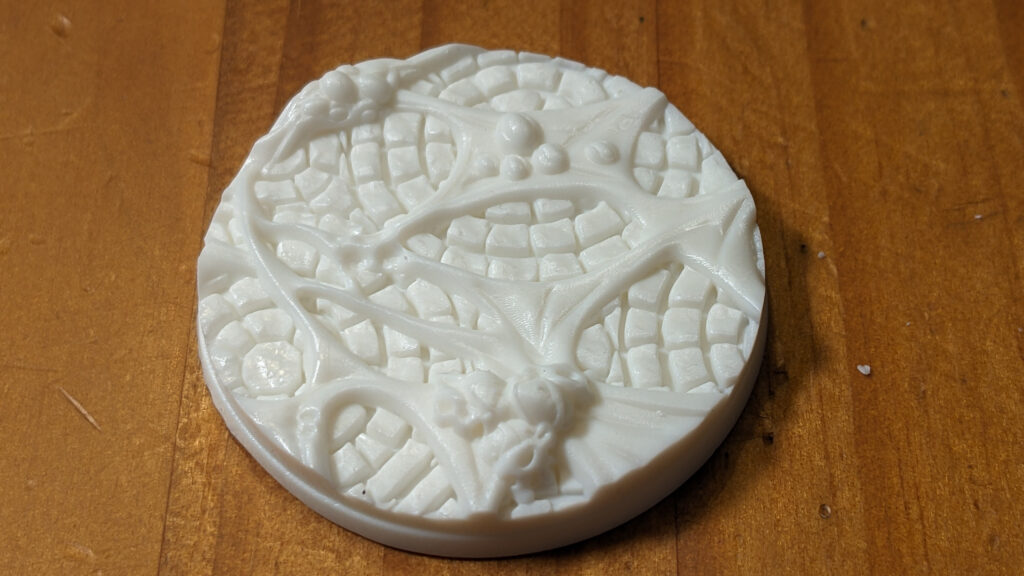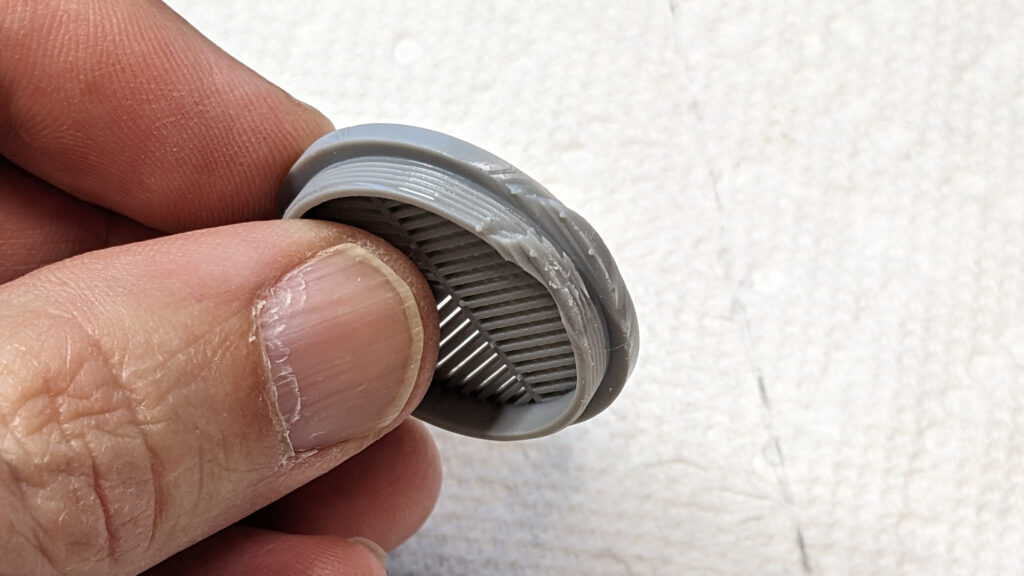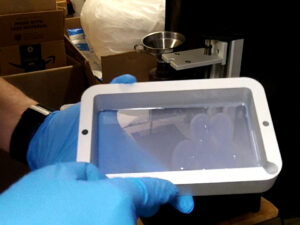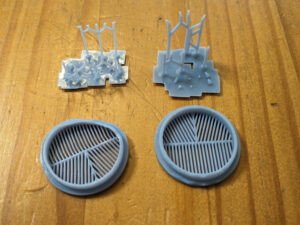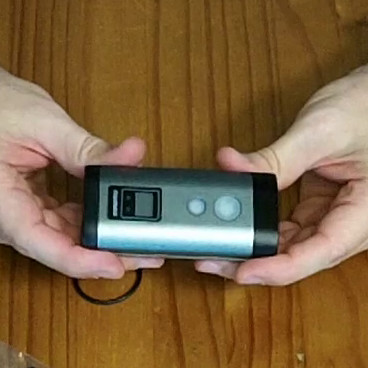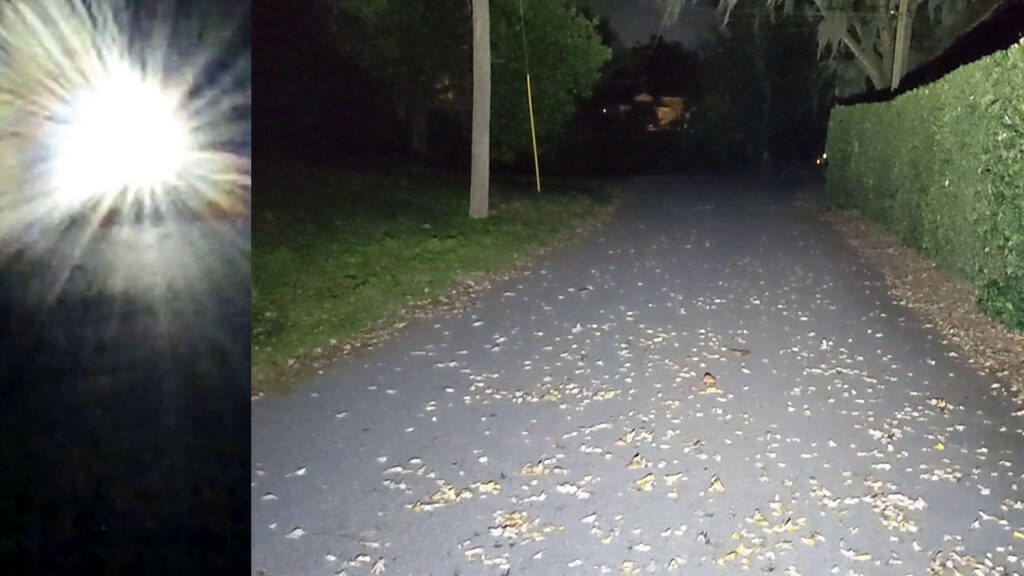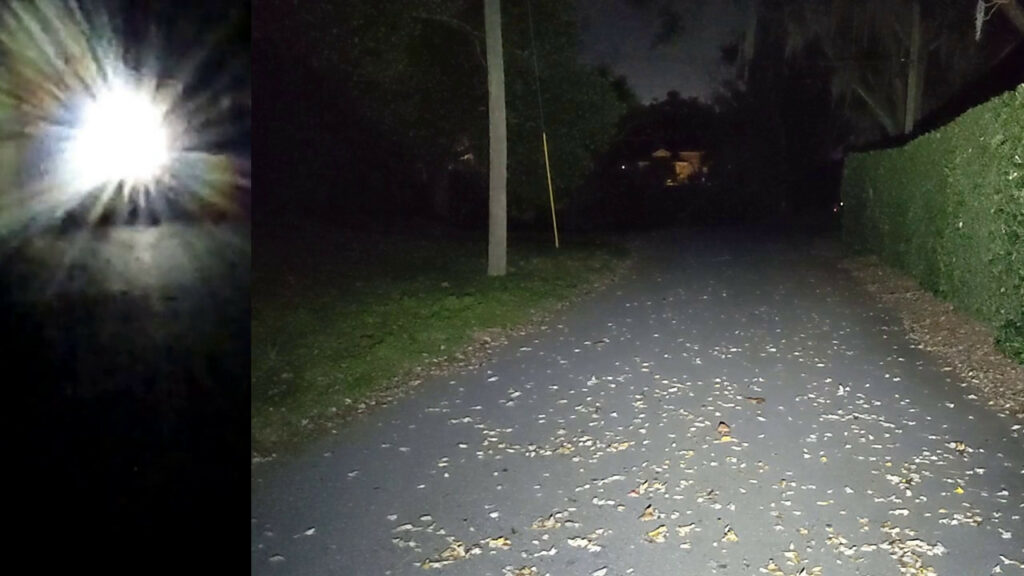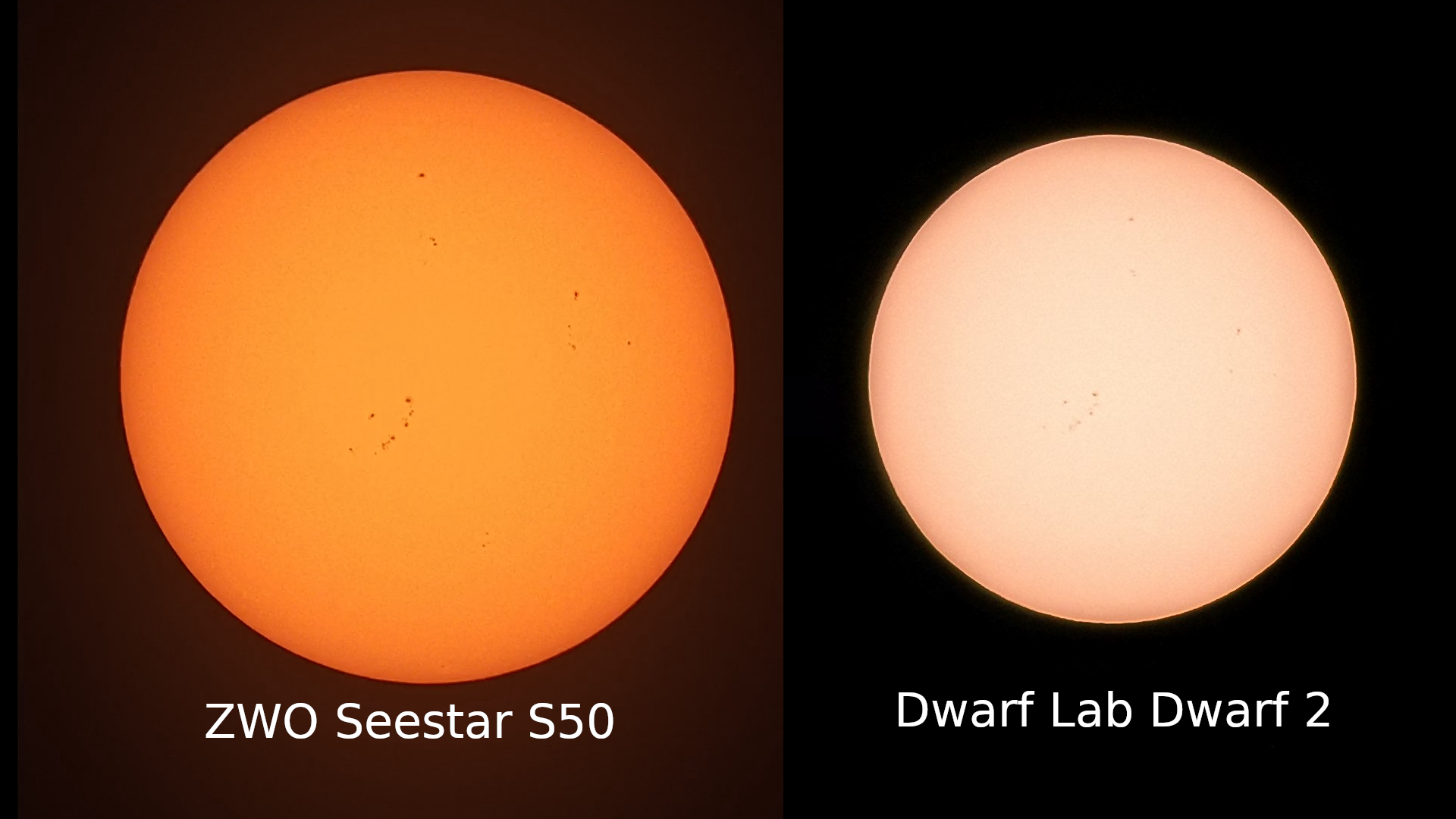This was a pre-order that I paid $249 for on 6/6/2022 [For the WowCube System Starter Pack].
In the two years since, they had shipped some cubes, had some issues, got some feedback, and went to a lot of trade shows.
Now it looks like they have taken delivery of a big batch of cubes and are starting to deliver. They “upgraded” me to the Space Invaders Cubed edition (I suspect this is the only edition they are currently producing, or have stock in.) and I paid my $19.75 shipping fee on March 3rd 2024 and it was delivered on March 8th 2024. (Yep, 21 months later….hey, at least I got it…I’m looking at you Peachy Printer, CST, and Yomee yogurt Kickstarters….)
